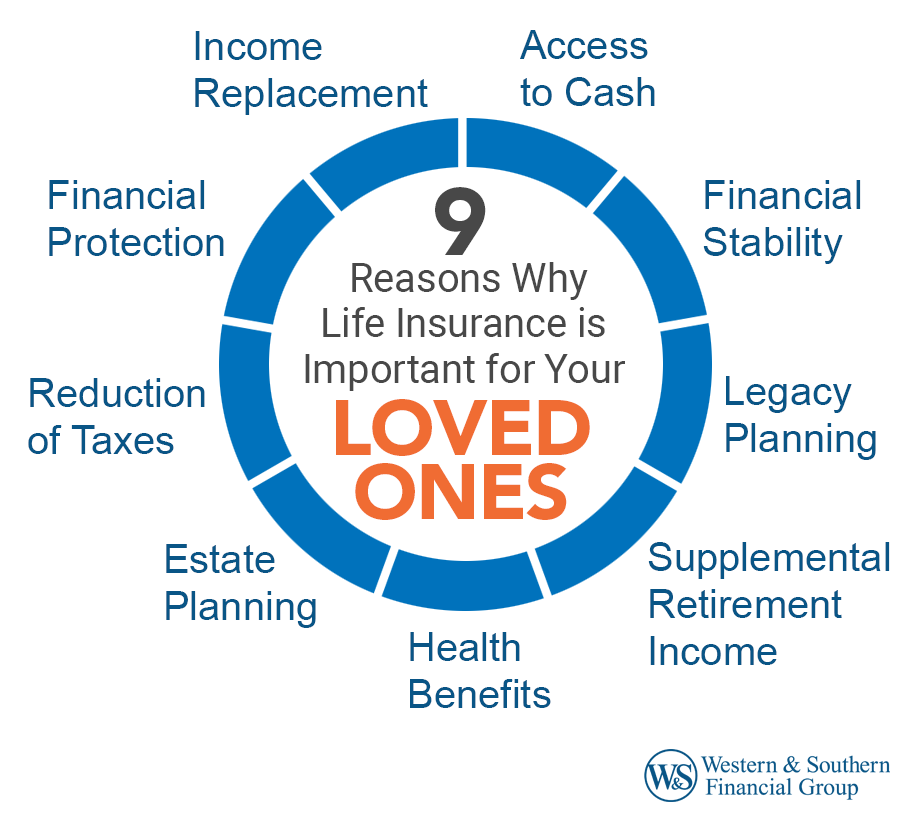The smart Trick of Pacific Prime That Nobody is Talking About
The smart Trick of Pacific Prime That Nobody is Talking About
Blog Article
Pacific Prime Fundamentals Explained
Table of Contents4 Easy Facts About Pacific Prime ShownPacific Prime for DummiesExamine This Report about Pacific PrimeAll About Pacific PrimeSome Known Factual Statements About Pacific Prime

This is because the data were collected for a duration of solid economic efficiency. Of the approximated 42 million individuals who were without insurance, all yet concerning 420,000 (about 1 percent) were under 65 years old, the age at which most Americans become qualified for Medicare; 32 million were grownups between ages 18 and 65, about 19 percent of all grownups in this age; and 10 million were kids under 18 years old, about 13.9 percent of all children (Mills, 2000).
These estimates of the variety of individuals uninsured are produced from the annual March Supplement to the Current Population Survey (CPS), performed by the Census Bureau. Unless or else noted, national quotes of people without medical insurance and proportions of the population with various kinds of coverage are based upon the CPS, one of the most extensively made use of source of estimates of insurance policy protection and uninsurance rates.
Our Pacific Prime Ideas

Still, the CPS is particularly valuable since it produces annual estimates fairly promptly, reporting the previous year's insurance protection approximates each September, and due to the fact that it is the basis for a constant collection of estimates for greater than two decades, permitting analysis of trends in protection gradually. For these reasons, in addition to the substantial use the CPS in various other research studies of insurance coverage that exist in this record, we rely upon CPS price quotes, with restrictions noted.

The price quote of the number of uninsured people expands when a population's insurance condition is tracked for a number of years. Over a three-year period beginning early in 1993, 72 million people, 29 percent of the U.S. https://dzone.com/users/5122954/pacificpr1me.html. population, were without insurance coverage for at the very least one month. Within a single year (1994 ), 53 million people experienced at the very least a month without insurance coverage (Bennefield, 1998a)
6 out of every ten without insurance grownups are themselves employed. Functioning does boost the probability that one and one's family members will certainly have insurance coverage, it is not an assurance. Even members of family members with 2 permanent breadwinner have almost a one-in-ten opportunity of being without insurance (9.1 percent without insurance price) (Hoffman and Pohl, 2000).
The smart Trick of Pacific Prime That Nobody is Discussing
New immigrants make up a significant percentage of individuals without medical insurance. One analysis has attributed a substantial part of the recent growth in the size of the U.S. uninsured populace to immigrants who showed up in the nation between 1994 and 1998 (Camarota and Edwards, 2000). Current immigrants (those that came to the United States within the previous 4 years) do have a high price of being without insurance his comment is here (46 percent), but they and their children represent simply 6 percent of those without insurance policy across the country (Holahan et al., 2001).
The relationship in between medical insurance and access to care is well developed, as recorded later on in this phase. The relationship in between wellness insurance policy and health end results is neither direct neither basic, a comprehensive scientific and wellness services research literary works web links health insurance policy coverage to better accessibility to care, much better quality, and improved personal and population wellness standing.
Degrees of evaluation for examining the effects of uninsurance. This discussion of medical insurance protection concentrates mainly on the united state populace under age 65 since practically all Americans 65 and older have Medicare or various other public coverage. It focuses particularly on those without any type of health and wellness insurance for any kind of length of time.
How Pacific Prime can Save You Time, Stress, and Money.
The troubles dealt with by the underinsured are in some respects comparable to those dealt with by the without insurance, although they are generally less serious. Health and wellness insurance coverage, nevertheless, is neither necessary neither sufficient to gain access to medical services. The independent and direct result of health insurance coverage on access to health solutions is well established.
Others will certainly acquire the health care they need also without medical insurance, by spending for it out of pocket or seeking it from providers that offer care free or at highly subsidized rates. For still others, medical insurance alone does not make sure receipt of treatment as a result of other nonfinancial obstacles, such as a lack of healthcare carriers in their neighborhood, restricted accessibility to transport, illiteracy, or linguistic and social distinctions.
The Best Guide To Pacific Prime
Formal research study regarding without insurance populations in the USA dates to the late 1920s and very early 1930s when the Board on the Cost of Medical Treatment created a series of records regarding financing physician office visits and hospitalizations. This problem ended up being significant as the numbers of clinically indigent climbed during the Great Clinical depression.
Report this page